
Roots
For generations, the coil and curl, the rich landscape of Afro-textured hair, has been a testament to resilience, a living chronicle of ancestral wisdom. It carries stories whispered from the earth itself, from the very plants that graced ancient hands and graced crowns with their nourishment. The journey into understanding plant-based ingredients traditionally used for Afro-textured hair is not a mere academic exercise; it is a communion with a deep, abiding heritage, a gentle unraveling of practices that span continents and centuries. Each ingredient speaks to an inherent knowledge of self, of environment, and of the profound connection between the two that informed daily rituals and expressions of identity.

What Constitutes Afro-Textured Hair in Its Ancestral Context?
To truly grasp the tradition of plant-based hair care, we must first recognize the unique biological and historical context of Afro-textured hair. Its distinct structure, characterized by tight, often spiral-like coils, forms because the hair follicle itself is elliptical, producing hair strands that grow in a helical pattern. This inherent coiling creates natural volume and, indeed, a protective barrier against the sun’s intense heat, allowing for an air cushion that helps regulate scalp temperature (Quora, 2022).
Yet, this intricate structure also renders the hair more susceptible to dryness and breakage due to its fewer cuticle layers and the difficulty natural oils have in traveling down the coiled shaft. Ancestral communities, however, did not view this as a deficit; they recognized these characteristics and adapted their care practices with profound ingenuity, drawing directly from the flora around them.
The deep heritage of textured hair care rests on an intuitive understanding of its distinct biology, nurtured by the earth’s abundant gifts.
Across various African societies, hair was, and remains, more than an aesthetic feature. It functions as a powerful symbol of identity, status, marital standing, and spirituality. Hairstyles often communicated tribal affiliation, age, and even social rank, woven into intricate designs that held communal and spiritual significance (ELLE, 2020; Marie Claire Nigeria, 2025).
The care of hair, therefore, became a sacred act, a ritual passed between generations, linking the living to their foremothers. This sacred connection meant that ingredients were chosen not only for their physical benefits but also for their symbolic resonance, often reflecting the vitality and abundance of the natural world.
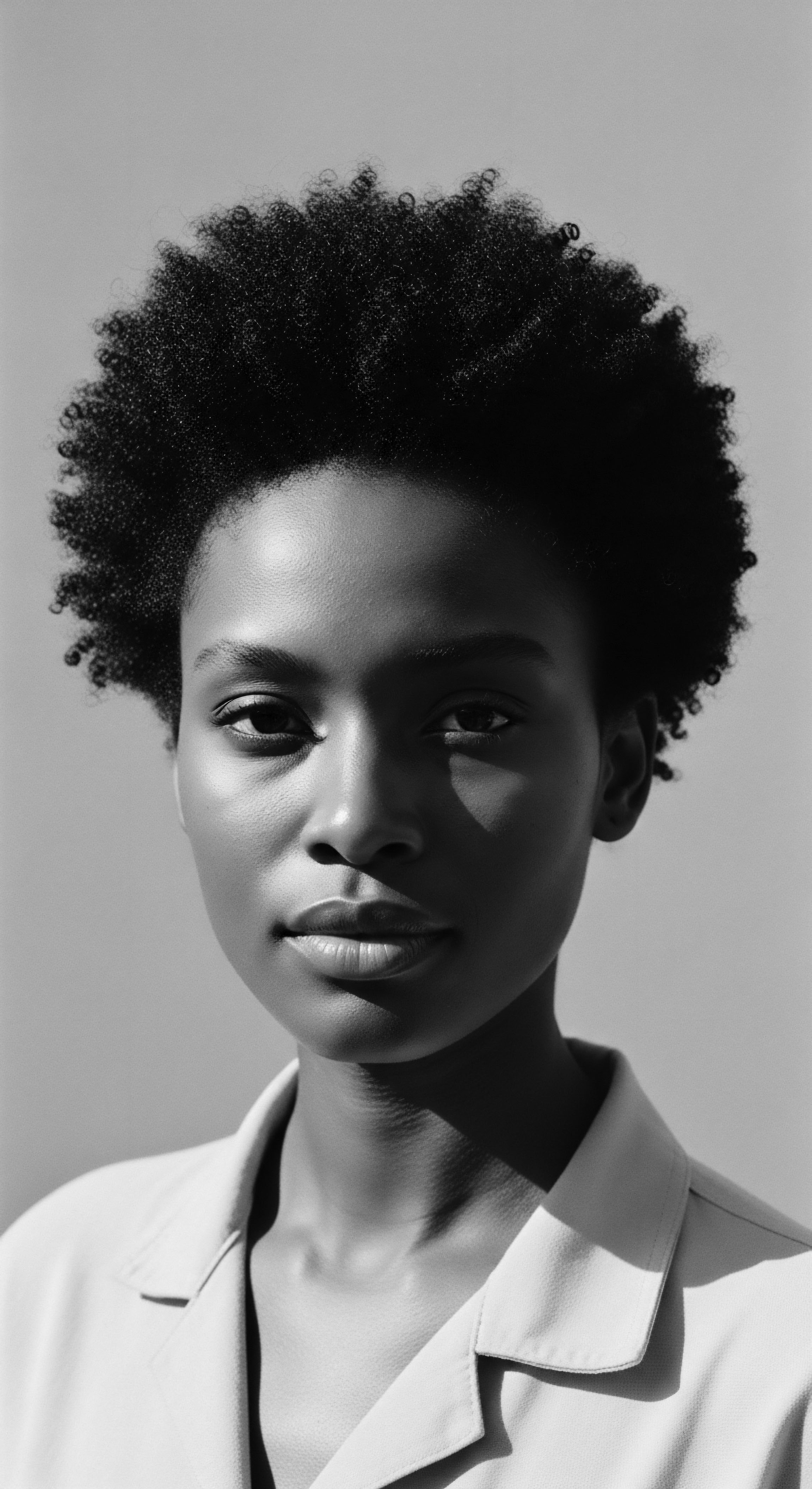
Plant Lexicon and Ancient Nourishment for Textured Hair
The lexicon of traditional plant-based hair care speaks volumes about the relationship between humanity and nature. While modern science works to quantify the specific compounds in these botanicals, ancestral knowledge already discerned their potent qualities through generations of observation and practice. These natural provisions formed the bedrock of hair health, offering moisture, strength, and protection. From the Sahelian plains to the lush forests of West Africa, different regions yielded different botanical treasures, each with a cherished place in local hair care traditions.
- Shea Butter (Vitellaria paradoxa) ❉ Sourced from the nuts of the shea tree, indigenous to West and Central Africa, shea butter has been used for over 3,000 years. It serves as a profound moisturizer, providing protection against harsh environmental elements like sun and wind. Its ancestral use spans from daily hair dressing to softening curls and stimulating scalp health, a true “women’s gold” in its native regions. (SheaButter.net, 2025; Ciafe, 2023)
- Coconut Oil (Cocos nucifera) ❉ While perhaps more globally recognized today, coconut oil held a traditional place in various African and diasporic communities for general hair care, valued for its moisturizing properties. (MDPI, 2025)
- Aloe Vera (Aloe barbadensis miller) ❉ This succulent plant, widely distributed, provided soothing and moisturizing benefits for the scalp and hair. Its gel-like consistency offered hydration and helped maintain a healthy scalp environment, crucial for hair growth. (MDPI, 2025)
- Chebe Powder (Croton zambesicus, Prunus mahaleb, cloves, Missic stone, resin) ❉ Originating with the Basara Arab women of Chad, this blend is not merely a product; it is a symbol of identity and pride. The powder, when mixed with oils, coats the hair shaft, reducing breakage and retaining moisture, allowing for remarkable length retention, particularly for coiled hair types. (Manchester Passion, 2024; SEVICH, 2024; Omez Beauty Products, 2024; AYANAE, 2024)
The ingenuity of these practices is underscored by how deeply they were integrated into the fabric of daily life. For instance, in ancient Egypt, a culture with notable connections and influences across Africa, records suggest the use of various plant-based ingredients for hair care. Castor oil, for example, was a staple for conditioning and strengthening hair, often mixed with honey and other herbs for masks that promoted growth and shine (Katherine Haircare, 2025; Global Beauty Secrets, 2025).
Even beeswax found its utility, creating a protective barrier and sealing in moisture (Katherine Haircare, 2025). This intertwining of resourcefulness and routine speaks to a profound respect for the plant world as a source of well-being.
| Region West Africa |
| Key Plant Ingredients Shea Butter (Vitellaria paradoxa), African Black Soap (from cocoa pods, plantain skins) |
| Primary Traditional Use Moisturizing, protecting from sun/wind, cleansing without stripping oils, anti-inflammatory. |
| Region Central Africa (Chad) |
| Key Plant Ingredients Chebe Powder (Croton zambesicus, cherry kernels, cloves, resin, stone scent) |
| Primary Traditional Use Length retention by preventing breakage, moisturizing, strengthening hair shaft, scalp health. |
| Region Southern Africa |
| Key Plant Ingredients Baobab Oil (Adansonia digitata), Rooibos Tea (Aspalathus linearis), Manketti Oil (Schinziophyton rautanenii) |
| Primary Traditional Use Nourishing dry hair, strengthening, improving elasticity, combating oxidative stress on scalp, protecting from water loss. |
| Region East Africa (Ethiopia) |
| Key Plant Ingredients Ziziphus spina-christi (leaves), Sesamum orientale (leaves) |
| Primary Traditional Use Hair cleansing, conditioning, anti-dandruff properties, styling. (Ethnobotany Research and Applications, 2025) |
| Region Ancient Egypt |
| Key Plant Ingredients Castor Oil, Honey, Beeswax, Henna (Lawsonia inermis), Fenugreek |
| Primary Traditional Use Moisturizing, strengthening, promoting growth, sealing moisture, coloring, soothing scalp, reducing dandruff. |
| Region These plant-based practices illustrate a heritage of intimate knowledge of local botanicals, adapting to varied environmental needs. |

Ritual
The application of plant-based ingredients to Afro-textured hair was rarely a solitary, utilitarian act. It was often embedded within profound rituals, shaping communal identity, and serving as a testament to continuity across generations. These rituals were living archives, preserving techniques and knowledge that transcended mere aesthetic concerns, linking the individual to a collective heritage. The styling practices, from simple coiling to intricate braiding, found their efficacy and cultural resonance through the careful preparation and application of nature’s bounty.

How Were Traditional Ingredients Integrated into Styling Practices?
Styling Afro-textured hair traditionally involved meticulous techniques that prioritized both protection and expression. Plant-based ingredients were central to this process, not simply as conditioners or cleansers but as foundational elements that enabled the longevity and health of various styles. The oils, butters, and powders were applied to prepare the hair, make it more pliable, and then seal in moisture to guard against the harshness of climates or daily wear. This integration transformed mundane grooming into a mindful act of care, deeply connected to the plant world.
For instance, the women of Chad, renowned for their hair length, utilize Chebe Powder as a core component of their styling routine. They mix this powder with oils or butters to create a paste, applying it to damp, sectioned hair before braiding. This method is repeated regularly, keeping the hair moisturized and shielded from environmental conditions, significantly aiding length retention (Manchester Passion, 2024; SEVICH, 2024).
This is not a casual application; it is a systematic, almost ceremonial layering of protection that allows the hair to grow without succumbing to breakage. The traditional use of Chebe, as passed down by the Basara Arab women, shows a deep understanding of how to fortify the hair shaft for longevity (Omez Beauty Products, 2024).
Similarly, Shea Butter played a pivotal role in shaping and maintaining traditional styles across West Africa. Its rich, emollient texture made it ideal for detangling, twisting, and braiding. It provided the necessary slip to manipulate tightly coiled strands with gentleness, preventing damage.
As a pomade, it helped hold hairstyles and subtly relax curls (SheaButter.net, 2025). The women who produced shea butter, often through artisanal methods passed down through families, were not just creating a product; they were sustaining a heritage, contributing to the communal well-being and the beauty practices that defined their societies (Ciafe, 2023).

Community and Heritage in Hair Care Rituals
The act of caring for Afro-textured hair, particularly in traditional settings, was often a deeply communal and intergenerational event. Wash days, braiding sessions, and styling gatherings were moments for connection, storytelling, and the transmission of knowledge. These gatherings reinforced social bonds and preserved cultural identity. Grandmothers, mothers, and aunts would share techniques, ancestral stories, and the wisdom of natural ingredients, weaving not only hair but also collective memory into each strand (Refinery29, 2022; Obé, 2024).
Consider the powerful historical example of hair braiding among enslaved Africans in the Americas. Stripped of their traditional tools and familiar environments, enslaved women ingeniously adapted their hair care methods, often using what little was available to them (Library of Congress). Despite the immense challenges, braiding persisted as an act of quiet resistance and cultural preservation (ELLE, 2020; USC Dornsife, 2016).
While specific plant access was severely curtailed, the enduring spirit of care and the inherent knowledge of their hair’s needs persisted. The meticulous creation of styles, which often took hours, became a testament to self-worth and a profound connection to their roots, even when outward expressions of heritage were suppressed (Byrd & Tharps, 2014).
Traditional hair care rituals, often communal endeavors, served as powerful conduits for intergenerational knowledge and cultural preservation.
This communal aspect extended to the sharing of plant knowledge. Elders would instruct younger generations on how to identify, harvest, and prepare botanicals like African Black Soap – made from the ash of cocoa pods, plantain skins, and palm tree leaves – for cleansing and scalp health (Africa Imports, 2024; AYANAE, 2024). This soap, rich in antioxidants and minerals, offered deep cleansing without stripping natural oils, a crucial benefit for moisture-prone textured hair (Africa Imports, 2024). The very act of preparing these ingredients, from grinding seeds to infusing oils, was part of the ritual, imbuing the final product with intention and ancestral connection.
- Preparing the Canvas ❉ Before styling, hair often required cleansing and conditioning. Traditional methods might use plant-derived soaps or rinses. African Black Soap, for instance, created a gentle lather to remove impurities while leaving natural oils intact, forming a clean foundation for subsequent steps. (Africa Imports, 2024)
- Nourishing the Strands ❉ Oils and butters, such as Shea Butter or Baobab Oil, were massaged into the scalp and along the hair shaft. This step provided deep moisture, increased elasticity, and made the hair more pliable for styling. (AYANAE, 2024)
- Sealing and Protecting ❉ After styling, ingredients like Chebe Powder or additional layers of butter acted as sealants. They formed a protective coating that minimized moisture loss and shielded the hair from environmental damage, especially crucial for styles meant to last for extended periods. (SEVICH, 2024)
The traditional tools used in conjunction with these plant ingredients were often simple yet effective. Combing might be done with wide-toothed wooden combs, and hair sections were often manipulated by hand during braiding and twisting. The absence of modern heat tools meant that reliance on plant properties for conditioning, setting, and protecting was absolute. This reliance fostered an intimate relationship with the botanical world, recognizing its inherent capacity to work in harmony with the unique needs of textured hair.
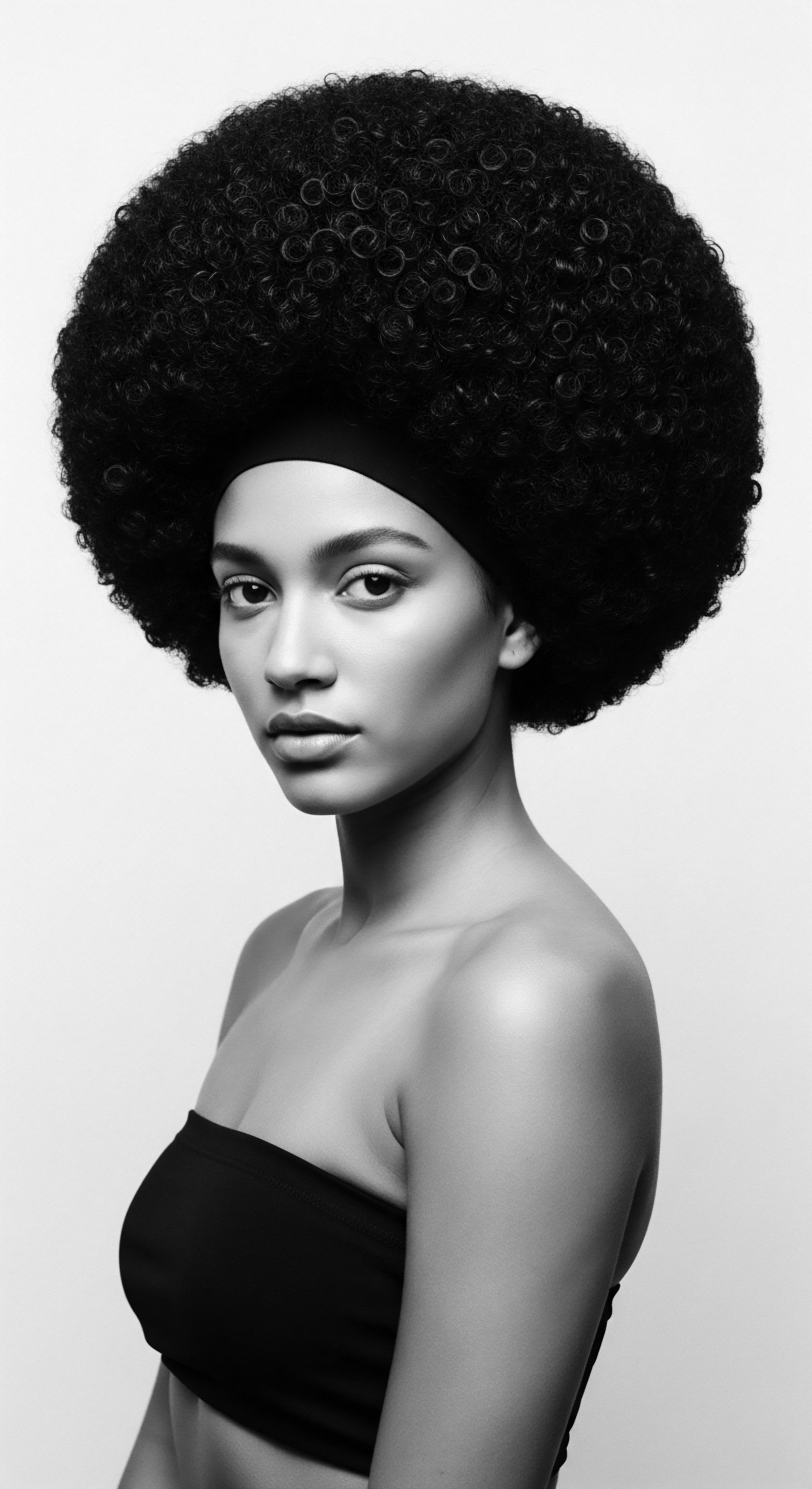
Relay
The enduring legacy of plant-based hair care for Afro-textured strands represents a continuous relay race across time, where ancestral wisdom is passed from one generation to the next, adapting and informing contemporary practices. This relay extends beyond mere tradition; it delves into the scientific underpinnings that increasingly affirm the efficacy of these age-old ingredients, connecting elemental biology to profound cultural context. Understanding these deeper connections allows us to appreciate the sophistication inherent in traditional approaches to holistic hair health and problem resolution.
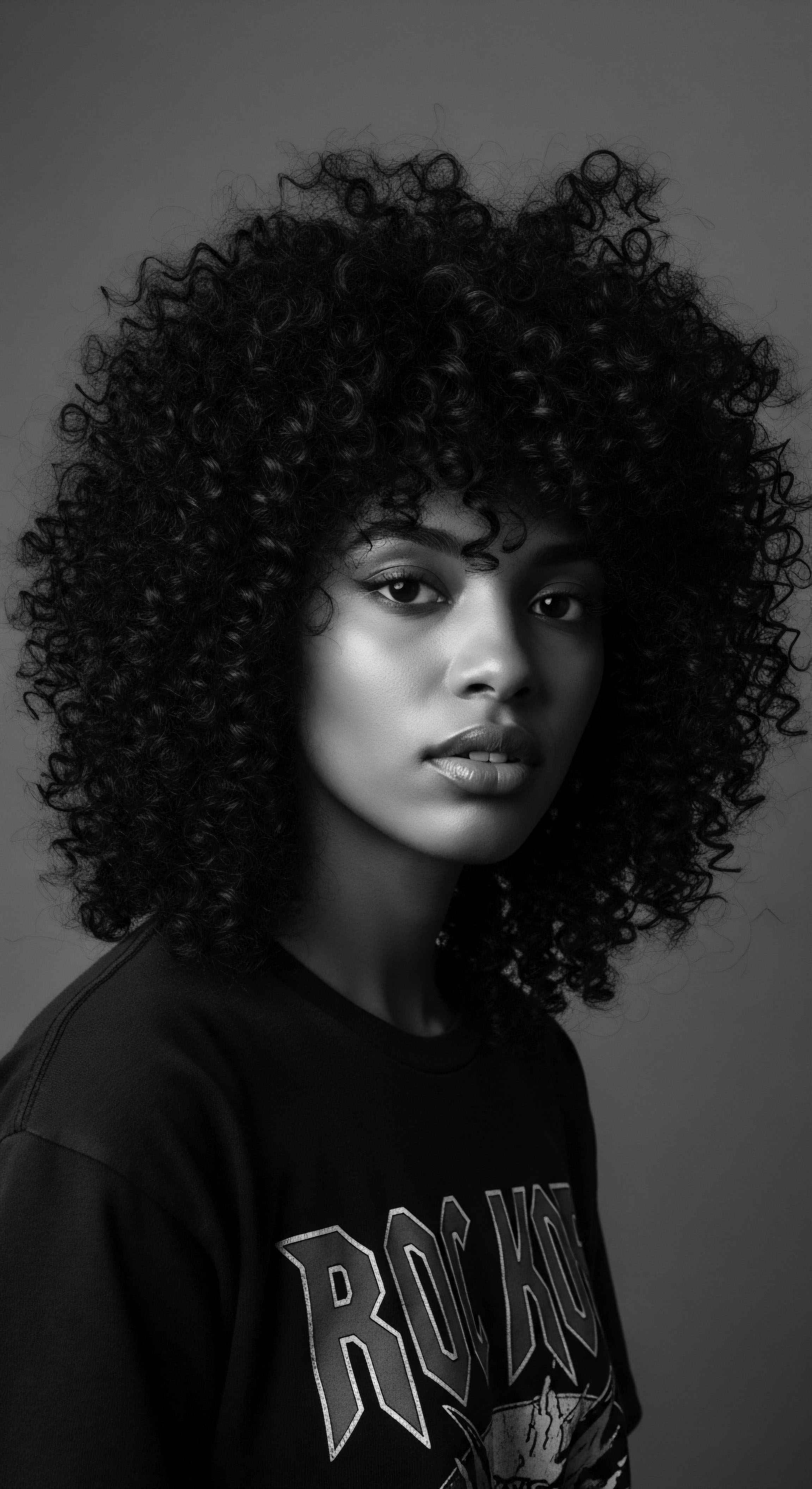
How Do Ancient Wellness Philosophies Align with Plant-Based Hair Care?
Traditional African societies often approached wellness as an integrated system, viewing the body, mind, and spirit as interconnected. Hair, as a crown of identity and a conduit to the spiritual realm, received care that mirrored this holistic philosophy. Plant-based ingredients were chosen not only for their direct physical benefits but also for their perceived energetic and restorative properties. This worldview, where health and beauty were inextricably linked to nature’s balance, is gaining renewed recognition in modern wellness circles.
Consider the emphasis on scalp health in traditional practices. Many plant-based remedies aimed at cleansing the scalp and addressing common issues like dryness or irritation, recognizing the scalp as the foundation for healthy hair growth. For instance, the leaves of Ziziphus Spina-Christi in Ethiopia were traditionally pounded and mixed with water to create a shampoo-like cleanser, specifically noted for its anti-dandruff properties (Ethnobotany Research and Applications, 2025). This aligns perfectly with modern dermatological understanding that a healthy scalp environment is paramount for follicular function.
Moreover, the concept of “feeding” the hair and scalp with oils and butters such as Shea Butter or Marula Oil speaks to a nutritional approach that predates contemporary nutritional science. These ingredients, rich in vitamins, antioxidants, and fatty acids, were intuitively understood to provide sustenance. As one study notes, traditional therapies often confer systemic effects that can be loosely called nutrition, moving beyond a “magic bullet” pharmaceutical paradigm (MDPI, 2025). This ancestral wisdom predates detailed molecular analysis, yet their applications often align with modern biochemical insights into ingredient benefits.
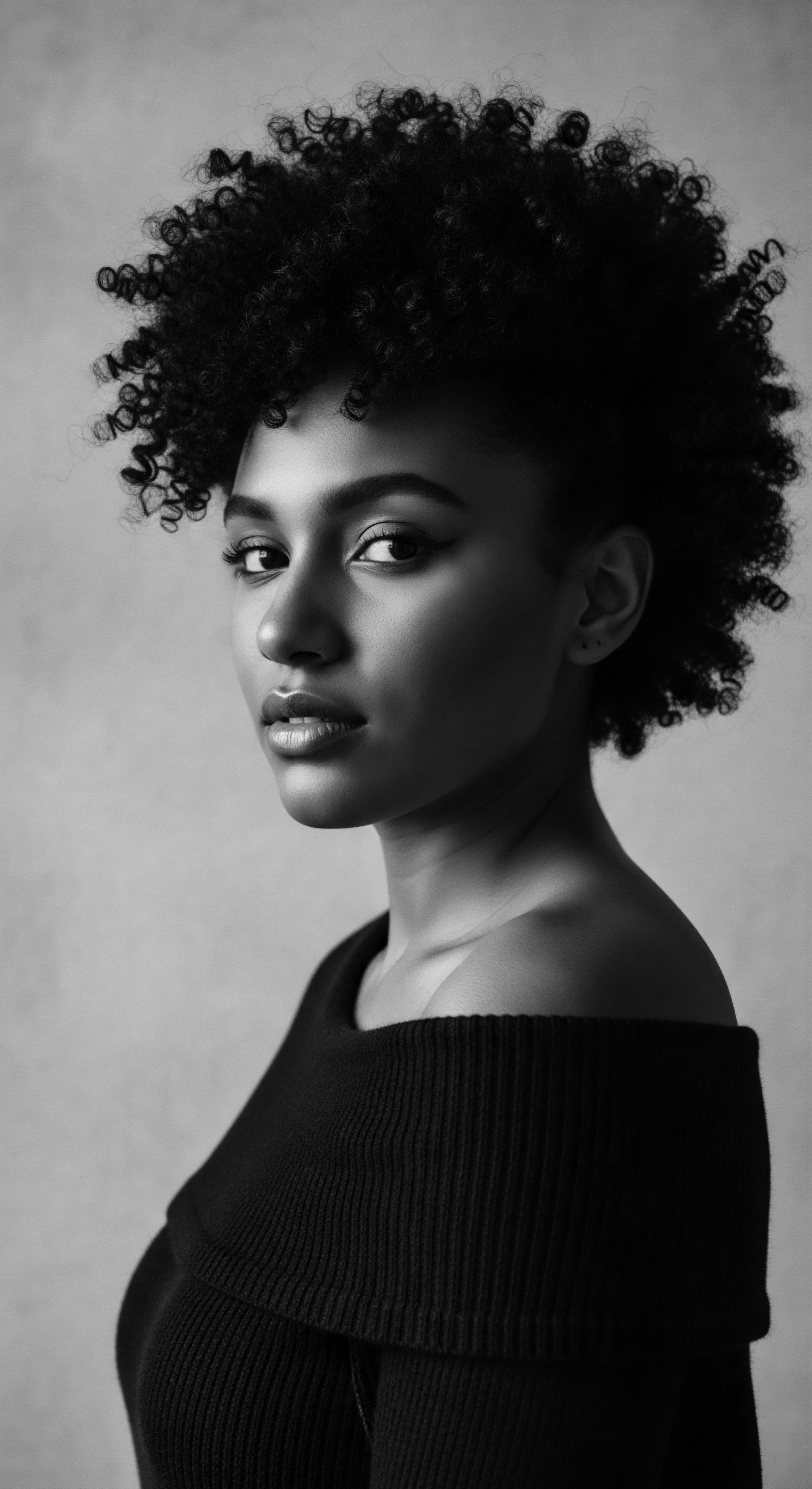
Can Modern Science Validate Ancestral Hair Traditions?
A growing body of scientific inquiry is beginning to illuminate the mechanisms behind the reported benefits of traditional plant-based hair care. This scientific lens does not diminish the cultural significance of these practices; rather, it often provides a deeper understanding and validation of the inherent wisdom within ancestral methods. The intersection of ethnobotany and cosmetic science is revealing how these historical remedies operate on a physiological level.
For example, Chebe Powder, with its blend of ingredients like Croton Zambesicus, has been shown to work as a powerful moisture sealant. It coats the hair shaft, trapping hydration and significantly reducing water loss through evaporation (SEVICH, 2024; Omez Beauty Products, 2024). This mechanism directly addresses a primary challenge for Afro-textured hair ❉ its tendency towards dryness.
The improved moisture retention leads to increased elasticity, making the hair less prone to breakage and thus allowing for length retention. This scientific explanation validates centuries of observable results by the Basara Arab women of Chad (SEVICH, 2024; Omez Beauty Products, 2024).
Another compelling instance relates to the use of specific plant oils. Baobab Oil, derived from the “Tree of Life,” is rich in vitamins A, D, and E, as well as omega fatty acids (AYANAE, 2024; Formula Botanica, 2024). Modern research supports that these nutrients contribute to moisturizing dry, brittle hair, strengthening strands, and repairing split ends.
Its antioxidants also protect hair from environmental damage, while its anti-inflammatory properties support scalp health, reducing issues like dandruff (AYANAE, 2024). This scientific breakdown explains the observed benefits that made baobab oil a revered traditional ingredient.
A historical case study that powerfully illuminates the deep connection between plant use and textured hair heritage can be found in the enduring practices surrounding shea butter across West and Central Africa. Gas chromatography-mass spectrometry of ancient Egyptian mummies’ hair, dating back 2600-3500 years, revealed the presence of a stearic acid-rich material that may indeed have been shea butter (Obscure Histories, 2024). This fascinating piece of evidence suggests an incredibly long lineage of shea butter’s use for hair and skin care across ancient African civilizations, highlighting its profound and sustained ancestral significance. It offers a tangible link from the deepest past to present-day practices, validating the enduring efficacy and cultural value of this botanical gift.
The incorporation of ingredients like Henna (Lawsonia inermis) also finds scientific grounding. Traditionally used for coloring and strengthening, henna is known to bind to the keratin in hair, forming a protective layer that can improve elasticity and reduce breakage. It also possesses properties that can soothe the scalp and address issues like dandruff (Katherine Haircare, 2025; Egyptra Travel Services, 2025).
- Ingredient Efficacy ❉ Many traditional ingredients contain compounds (e.g. fatty acids, antioxidants, vitamins) now recognized for their benefits to hair and scalp health.
- Holistic Approach ❉ Ancestral practices often combined ingredients to create synergistic effects, a concept modern formulations increasingly aim to replicate.
- Observational Data ❉ Generations of consistent results within communities provide a form of empirical evidence that modern science can now dissect and understand on a molecular level.
This intersection of historical practice and scientific validation provides a richer understanding of Afro-textured hair care. It honors the deep knowledge accumulated through generations while offering new perspectives on how these traditional ingredients can continue to serve and nourish textured hair in our present day.

Reflection
The exploration of plant-based ingredients traditionally used for Afro-textured hair culminates in a profound understanding ❉ our strands are not isolated entities, but rather living archives, pulsating with the memory of soils, suns, and ancestral hands. This journey into textured hair heritage reveals a world where care was a sacred conversation between humanity and nature, a delicate balance sustained by wisdom passed through generations. The very ‘Soul of a Strand,’ then, embodies this continuity, a resilient spiral of identity that finds its deepest resonance in the botanical gifts of our forebears.
The narratives uncovered, from the steadfast moisture of shea butter to the length-retaining prowess of Chebe powder, remind us that true wellness stems from an intrinsic connection to our origins. These are not merely historical footnotes; they are living traditions that continue to inform and enrich contemporary practices. They urge us to look beyond fleeting trends and recognize the enduring power of what the earth has always provided, a testament to ingenuity and survival. The act of nurturing Afro-textured hair with these ancestral ingredients becomes a reaffirmation of identity, a celebration of resilience, and a quiet homage to those who walked before us.
Our hair, nourished by ancestral plants, stands as a vibrant testament to enduring heritage and the wisdom of generations.
As we move forward, the understanding of these traditional plant-based practices becomes a guiding light. It encourages a return to simplicity, an appreciation for ethical sourcing, and a deeper respect for the diverse cultural legacies that shape our relationship with our hair. The legacy of plant-based ingredients for Afro-textured hair is a powerful reminder that our past holds the keys to a more harmonious future, a future where every coil and curl can truly flourish, unbound and honored in its inherent majesty.
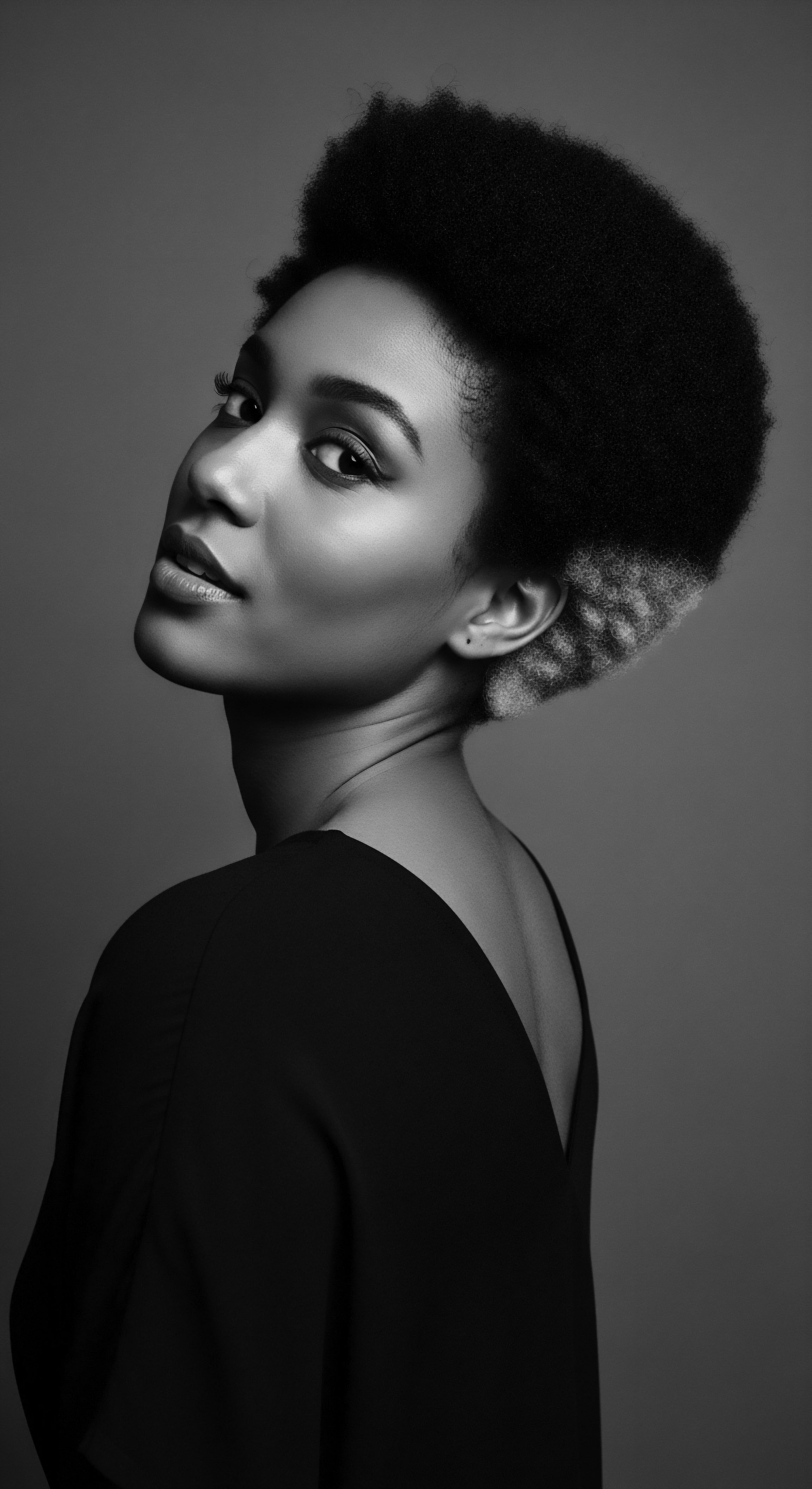
References
- AYANAE. (2024, August 29). Powerful African and Asian Herbs for Hair Growth ❉ Nature’s Remedies fo.
- Africa Imports. (2024). Traditional African Secrets For Long And Healthy Hair.
- Byrd, A. & Tharps, L. L. (2014). Hair Story ❉ Untangling the Roots of Black Hair in America. St. Martin’s Press.
- Ciafe. (2023, January 31). Shea Butter – Explainer.
- Egyptra Travel Services. (2025, February 1). From Ancient Egypt to Modern Beauty ❉ Timeless Cosmetic Secrets.
- ELLE. (2020, October 22). A Brief History Of Black Hair Rituals.
- Ethnobotany Research and Applications. (2025, May 29). Plants used for hair and skin health care by local communities of Afar, Northeastern Ethiopia.
- Formula Botanica. (2024). 10 Natural African Skincare Ingredients.
- Global Beauty Secrets. (2025). Egyptian Honey and Castor Hair Oil.
- Katherine Haircare. (2025, May 23). I Tried a 4,000-Year-Old Egyptian Hair Mask—Here’s What Happened.
- Library of Congress. (n.d.). Heavy is the Head ❉ Evolution of African Hair in America from the17th c. to the 20th c.
- Manchester Passion. (2024, August 18). The History and Origins of Chebe Powder for Hair Care.
- Marie Claire Nigeria. (2025, June 7). The Black woman as divine ❉ Sacred femininity in African beauty rituals.
- MDPI. (2025). Cosmetopoeia of African Plants in Hair Treatment and Care ❉ Topical Nutrition and the Antidiabetic Connection?
- Obé. (2024, September 19). Braids of connection | The tradition and community of Black hair.
- Obscure Histories. (2024, May 8). The Globalization of Shea Butter.
- Omez Beauty Products. (2024, August 2). The History and Origins of Chebe Powder for Hair Care.
- Quora. (2022, December 1). What is the evolutionary reason for why sub-Saharan African people (black people) have such tightly coiled hair that is so distinctly different from the hair of other racial groups?
- Refinery29. (2022, June 29). Braids, Wigs, & Wash Day Routines ❉ 4 Black Women On The Meaning Behind Their Hair Rituals.
- SEVICH. (2024). The Cultural Background and History of Chebe Powder.
- SheaButter.net. (2025). A History of Shea Butter.
- USC Dornsife. (2016, October 18). Kinky, curly hair ❉ a tool of resistance across the African diaspora.
